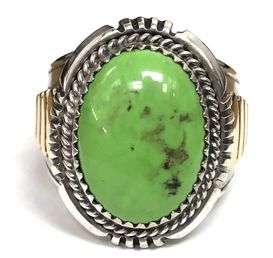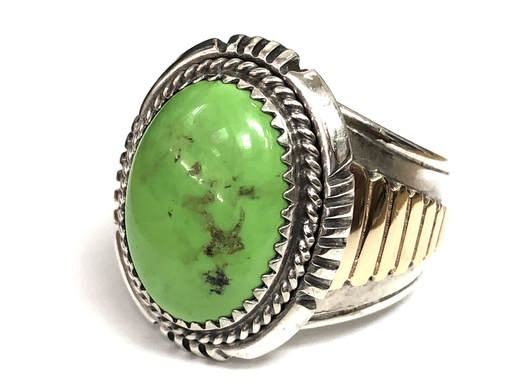GASPEITE
Gaspeite Facts
Gaspeite is often mistaken for turquoise due to its brownish veining.
Gaspeite was discovered in 1966, in the Gaspe Peninsula of Quebec, Canada.
There are gaspeite deposits in New Mexico, Western Australia, Tasmania, Italy, Greece, Spain, and South Africa.
Gaspeite can be weakly magnetic.
Gaspeite is commonly used in Southwestern jewelry, as cabochons or used in inlay works.
All photos courtesy of Scott Papper, GIA GG, AJP, CMA (NAJA)




